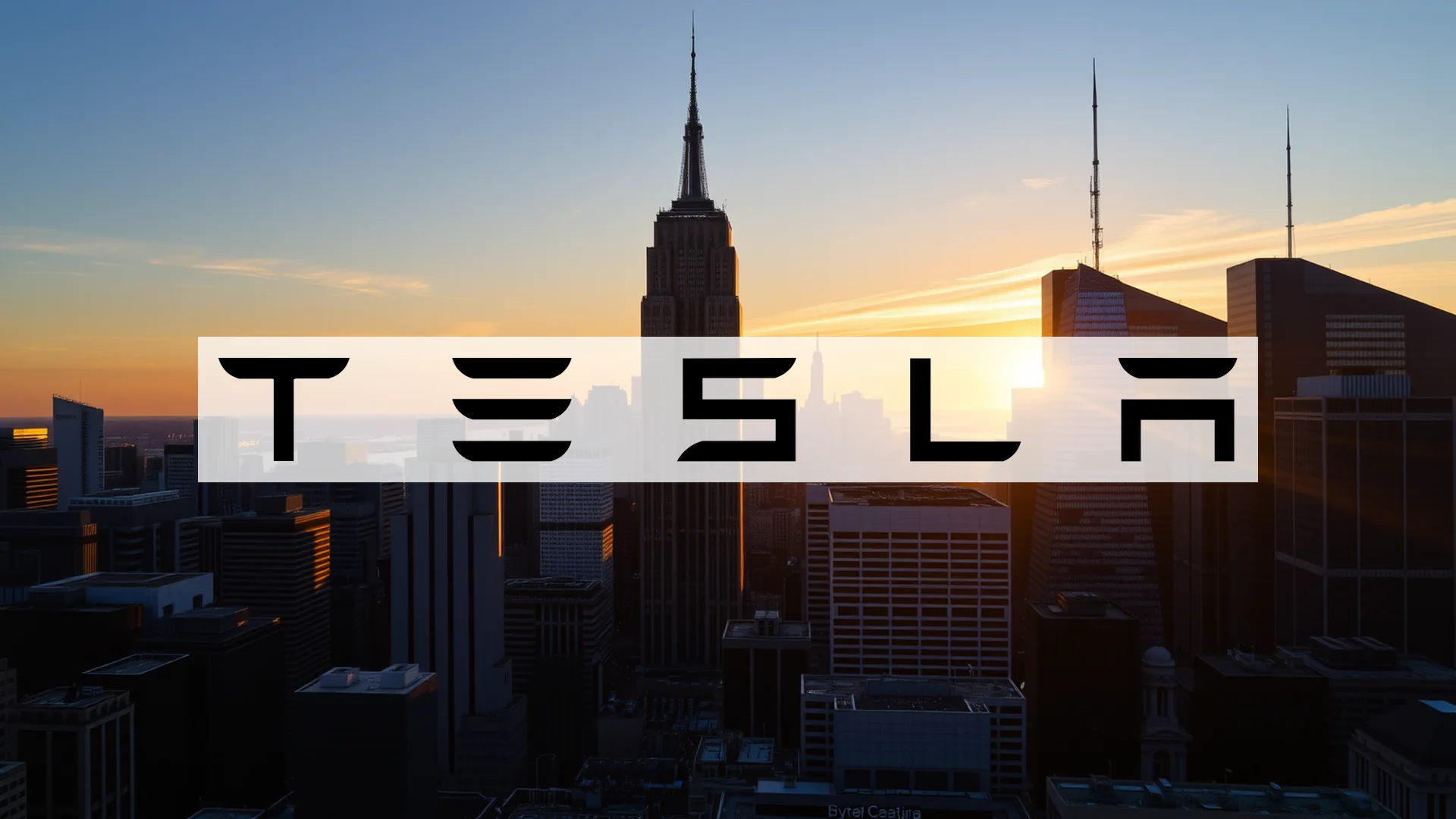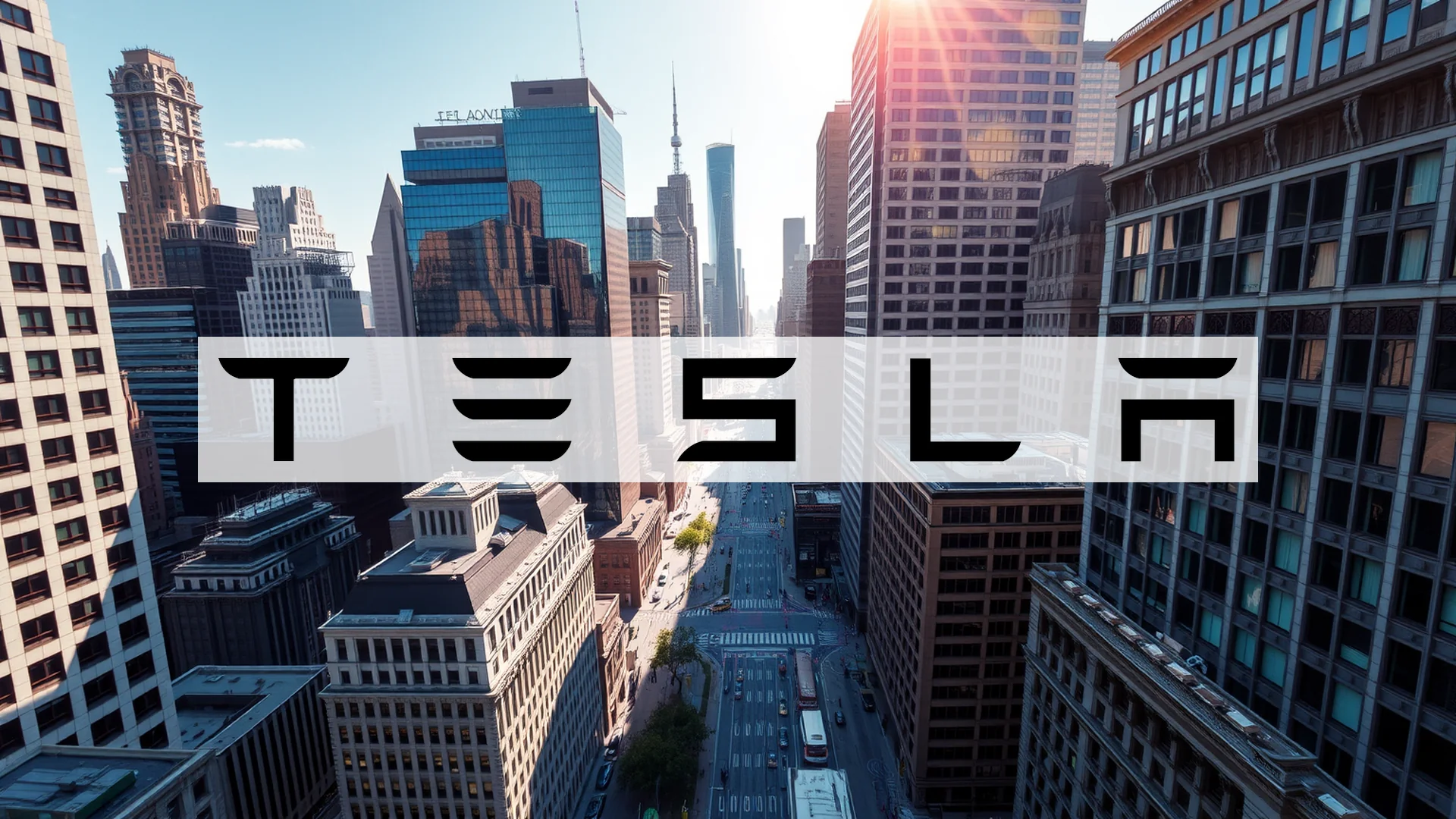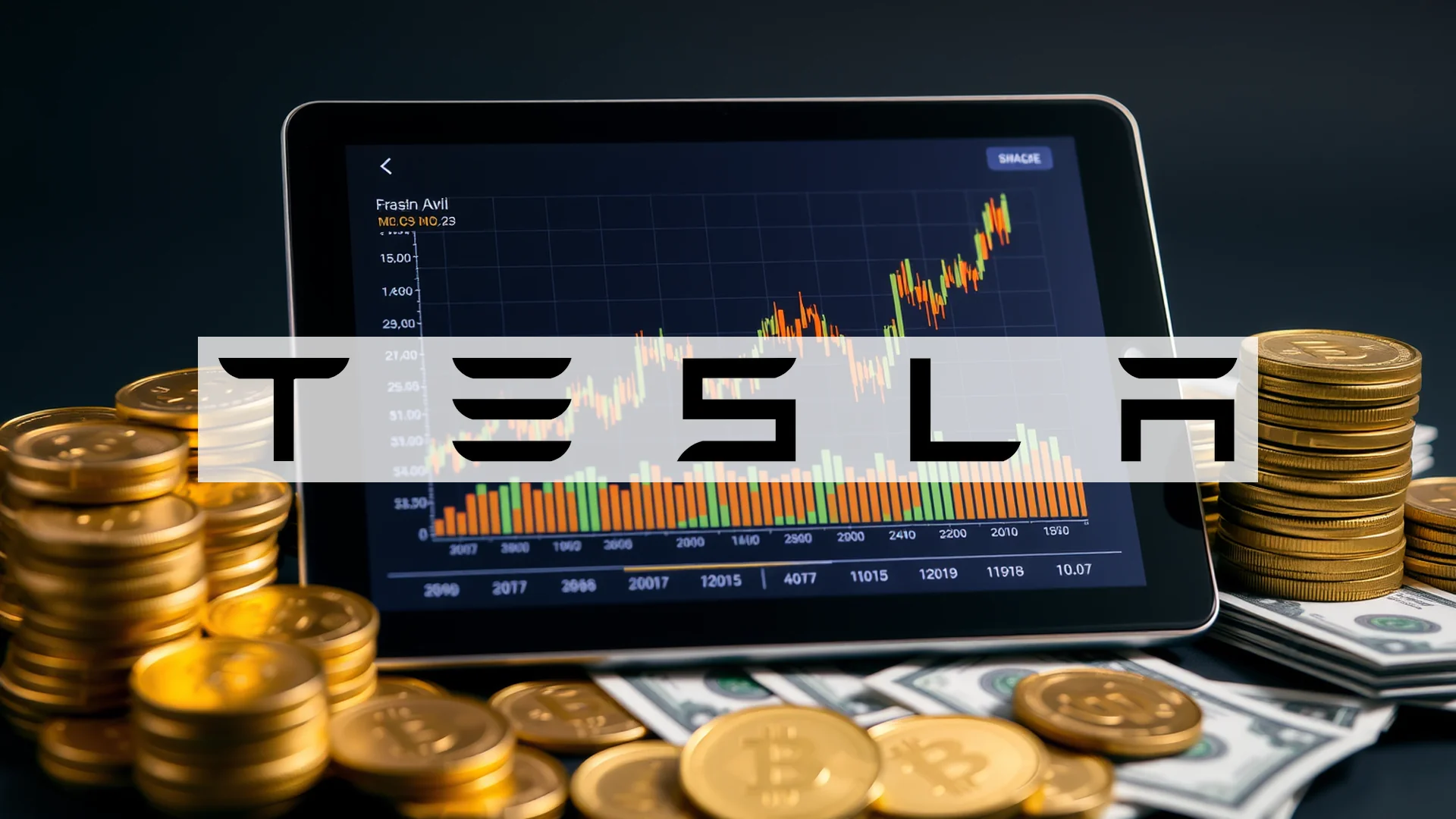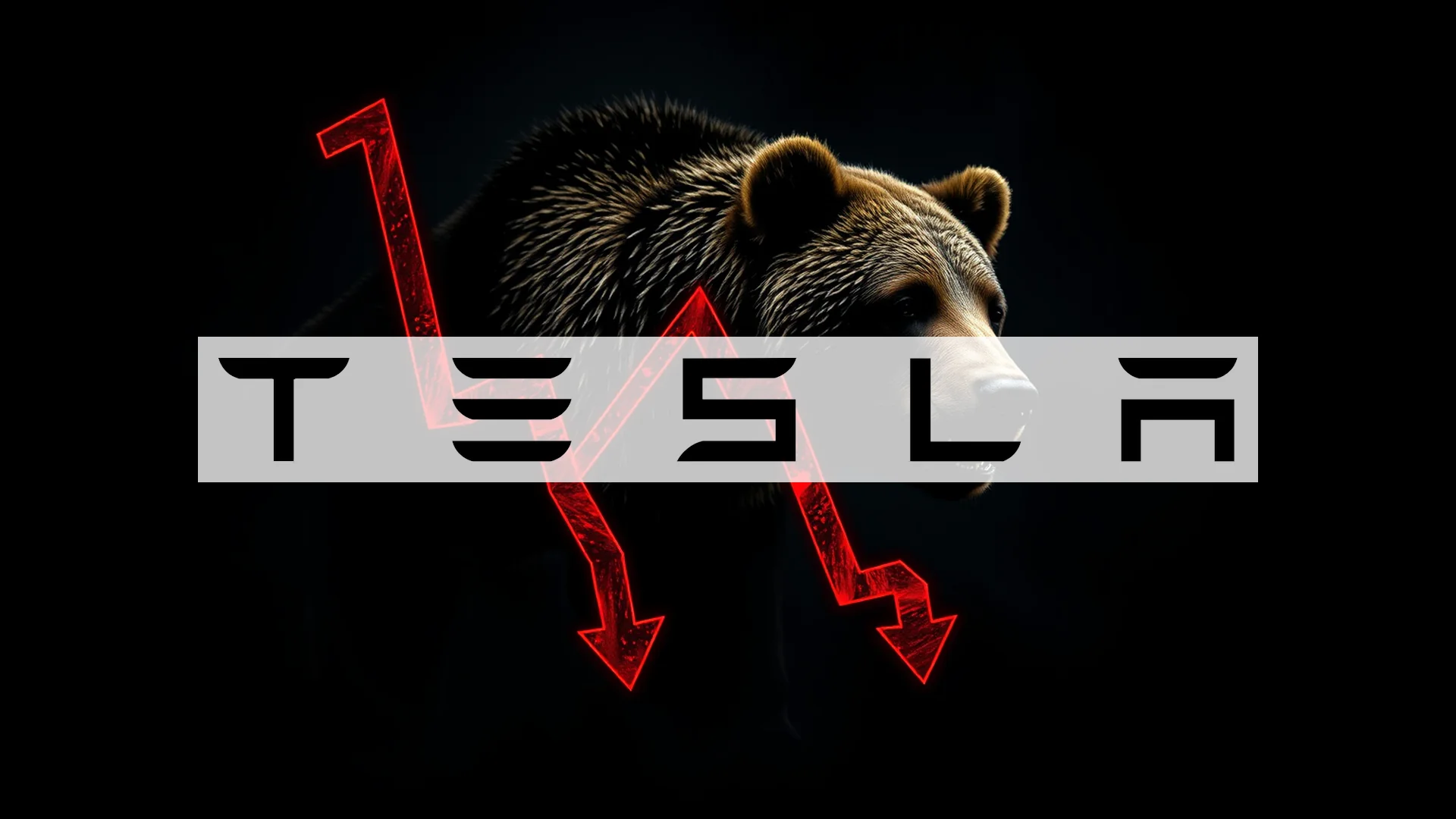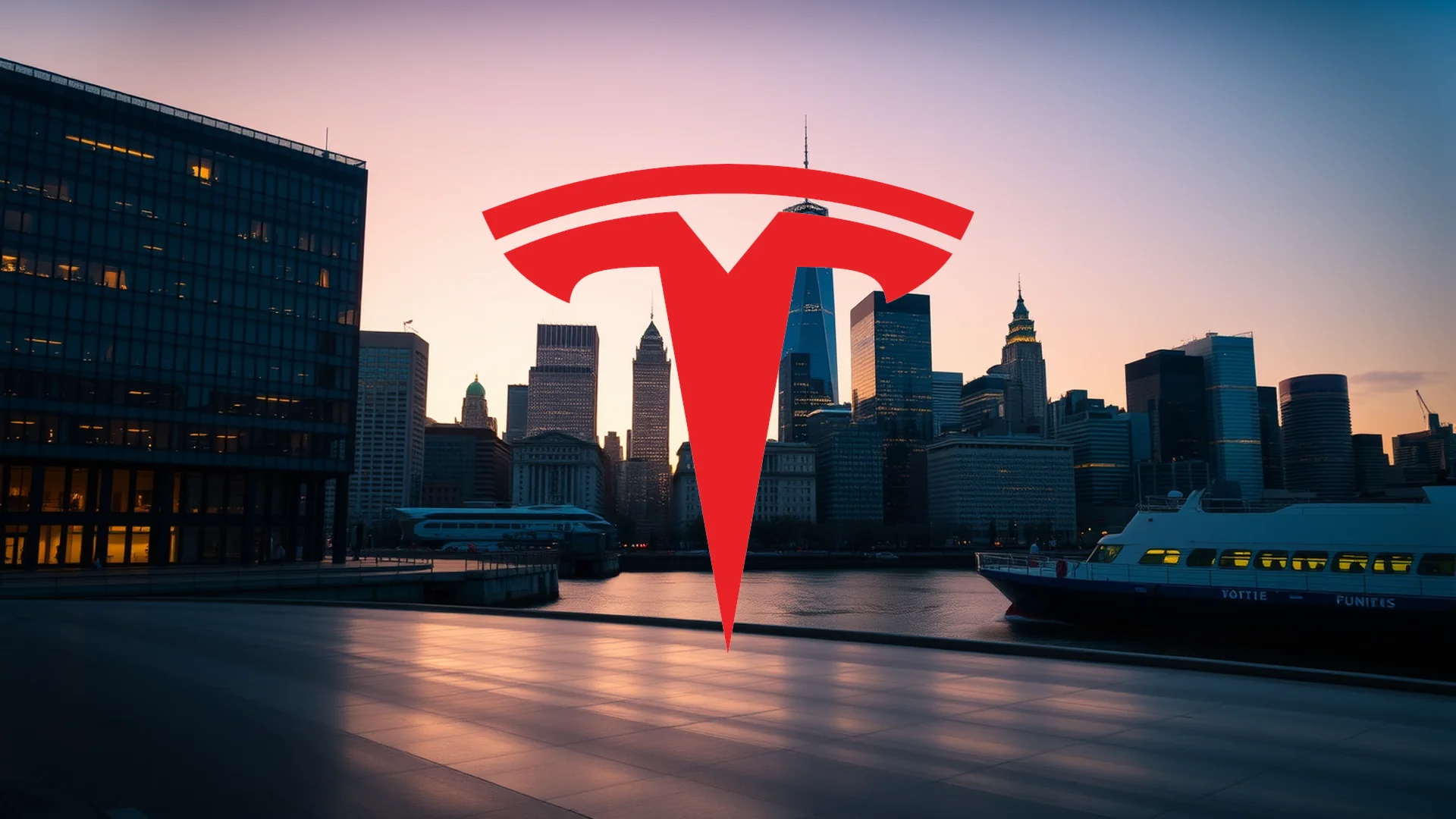
Tesla Inc. presents investors with a complex puzzle of conflicting signals. As the electric vehicle pioneer stabilizes its position in China, its European operations are experiencing a dramatic collapse. This divergence raises critical questions about whether market enthusiasm for artificial intelligence prospects is overshadowing fundamental business challenges.
North American Innovation Push
In response to declining sales figures, Tesla is aggressively promoting its high-margin software capabilities across North America. The company has launched a complimentary 30-day trial for its “Full Self-Driving” (FSD) version 14 system, aiming to accelerate adoption of this premium technology. However, this initiative faces setbacks, with the ambitious robotaxi fleet targets in Austin falling significantly short of projections. Instead of the promised 500 autonomous vehicles, only approximately 60 are expected to deploy initially.
Chinese Operations Provide Stability
Contrasting with European troubles, Tesla’s critical Chinese production hub shows signs of stabilization. Vice President Tao Lin directly addressed market speculation, clarifying that the company has no plans to exclude Chinese suppliers from its global supply network. She emphasized that component origin doesn’t constitute an exclusion criterion for Tesla’s operations.
This reassurance carries substantial importance for stakeholders. The Shanghai Gigafactory represents the cornerstone of Tesla’s global cost efficiency. Any forced relocation of supply chains to Mexico or Southeast Asia would have triggered significant cost inflation and production uncertainties—a scenario that now appears temporarily averted.
Should investors sell immediately? Or is it worth buying Tesla?
European Market Meltdown
Recent European Union data reveals a catastrophic situation for the American automaker. October deliveries plummeted by 48 percent year-over-year, with merely 5,647 vehicles handed over to customers. This collapse reduced Tesla’s market share in Europe’s EV sector to a negligible 0.6 percent.
This dramatic decline stems from multiple converging challenges: aggressive competition from Chinese manufacturers and established European automakers is intensifying pressure, while market analysts attribute part of the slump to consumer reactions against CEO Elon Musk’s political engagements. If current trends persist, Tesla could face nearly 40 percent reduced sales volume for the full year across European markets.
Market Resilience Amid Fundamental Concerns
Despite these operational challenges and the European downturn, Tesla’s stock demonstrates remarkable resilience, currently trading around €370. Financial analysts from institutions like Melius Research maintain optimistic positions, citing Tesla’s technological advantages in AI and semiconductor development. The central question for investors remains whether long-term technology potential can sufficiently counterbalance immediate sales weaknesses in key markets.
Ad
Tesla Stock: Buy or Sell?! New Tesla Analysis from November 28 delivers the answer:
The latest Tesla figures speak for themselves: Urgent action needed for Tesla investors. Is it worth buying or should you sell? Find out what to do now in the current free analysis from November 28.
Tesla: Buy or sell? Read more here...
